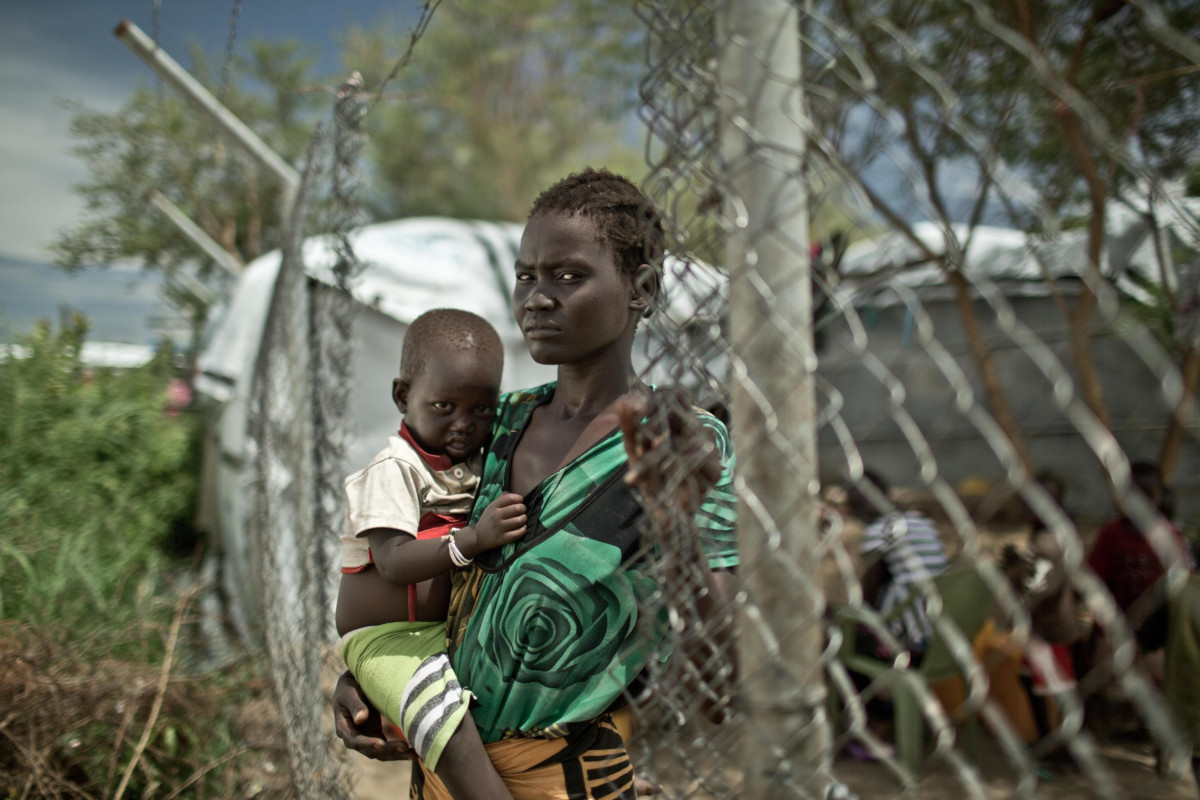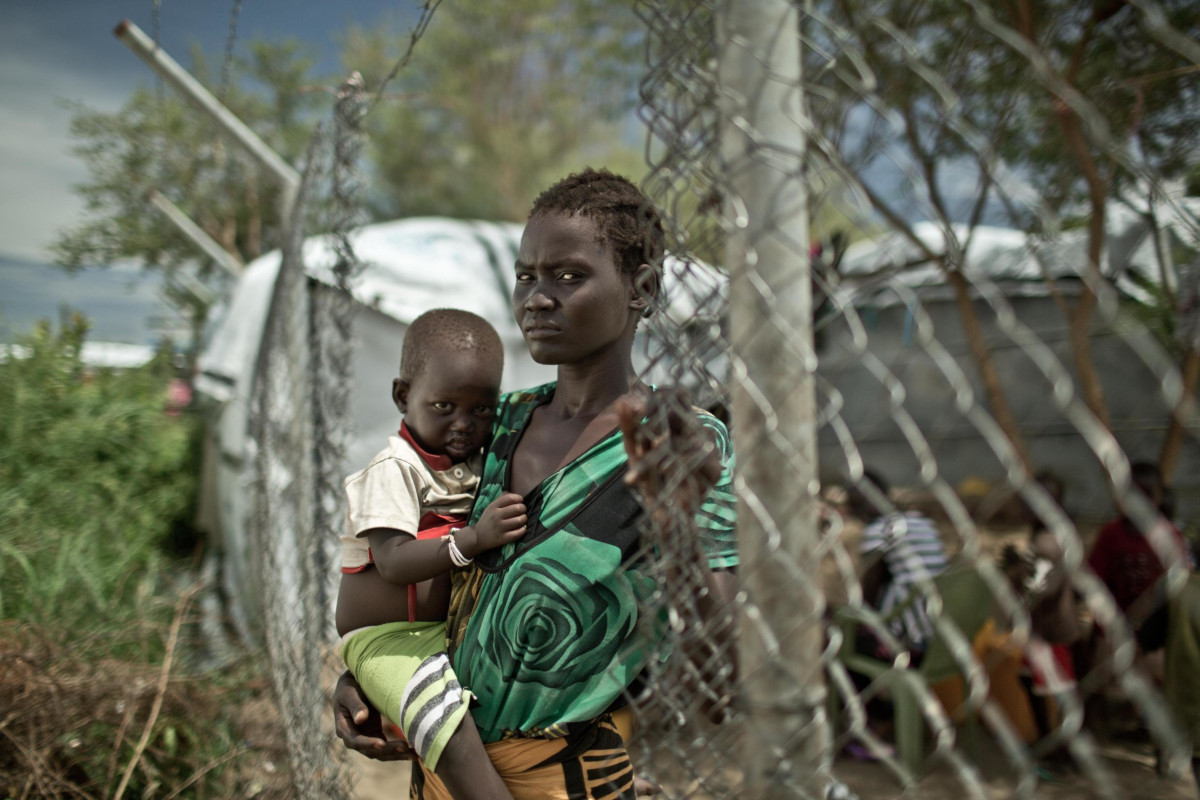
You can bet your salary, your pension, or your pocket money: in the end, a dispute against patriarchy, the permanent cause of all the evil that afflicts Italian women (lunar claims and sinister political speculations, which we will address another time).
The basis of the European version of patriarchy would be the Judeo-Christian tradition, the one that subordinates the woman to the man, because it says that Eve was created from Adam’s rib and makes Jesus say endlessly in the Gospel: “I and the Father are one”, until the call to They addressed God in prayer with the words “Our Father…”. Mother and wife were cut out as irrelevant.
Sartre is better than Galimberti
It is really difficult to understand what would constitute the consolidation of patriarchy (which was certainly still the dominant cultural form for a long time, but how and why another time) a religious message announcing that the woman who gave birth to God In Christianity, Emmanuel, God with us, physically resembles the mother who she carried him in her womb, while he is unlike any father in this world. He took his body from the body of the woman herself.
Jean-Paul Sartre was also admired, he wrote about it in Barion or Son of Thunder. A Christmas story for Christians and non-Christians alike. However, this is neither hot nor cold for Umberto Galimberti, as anyone who listened to his speeches could see, in which he also accused Christianity of the subordinate status of women.
In the mission of Monsignor Mazzolari
But on the whole issue of Judeo-Christian guilt in the oppression of women, the beginning of Maurizio Crippa’s article on Sheet which is all a reflection of the writing that then appeared on the protester’s sign the femicide of Giulia Cecchettina: I am nobody’s rib.
The last time I had the opportunity to speak about “Adam’s Rib” to a group of women, being the only man present, was twelve years ago. I was not visiting a feminist bookstore or an anarchist social center, but a reception center for women expelled from a home named after St. Monica (mother of St. Augustine) in Rumbek, South Sudan, on the eve of independence after an endless and bloody war. Art Nouveau. It was the state that founded the association and the municipality Comboni Monsignor Cesare Mazzolari first the apostolic administrator and then the bishop of the Diocese of Rumbek deep in the African savannah.
Before the Comboni missionaries arrived, the Anglicans had sown some seeds of Christianity among the Dinkas of this and other areas of the Sudan. What was seen around were the first sprouts of Christian life, the result of a mere century of sowing soil anthropologically hostile to many moral aspects of Christianity, such as an agro-pastoralist like the Dinka.
To my question whether the Dinka, a people permanently embroiled in bloody feuds over cattle theft between clans when they were not forced to wage war against the Islamist government in Khartoum, understood the meaning of the Christian message, Mazzolari, who would die within two months, caught by an illness while celebrating mass, replied with a sly smile, “They vaguely understood.”
The choice between Islam and Christianity
I was quite struck by the answer given to me by one of the senior catechists at the site to a very similar question. I asked why the Dinka, given the choice between Islam, which was the religion of the government, and the Christianity of the English colonizers who left the country more than half a century ago, massively chose (attached exclusively to the traditional religion, only a quarter of them remained) for faith in the triune God. After some not-so-convincing theological explanations about the supposed similarity between the Dinka theogony and the Christian one, the gray-haired head catechist came up with a completely surprising rationale: “And then in our culture homosexuality is unacceptable, just like in Christianity!”.
It was the first time I heard someone define Islam as too tolerant when it comes to homosexuality. I asked for an explanation. “They can say what they want, but we took it upon ourselves,” he explained. He was referring to the fact, widely attested in historical chronicles, that Arab and Ottoman raiders of African slaves (and the Dinka were among the favorite prey of the “Eastern trade”) used to keep their prisoners before moving them out. from the continent or in its northern part.
Lessons from Mary, Rachel, and Elisabeth
Much more convincing were the answers of Marie, Rachel, and Elisabeth, the three women I met in the courtyard of the association, accompanied by Sister Monica, the African nun who acted as my interpreter. The first was driven out of the house by her husband because she contracted leprosy and lost all the fingers on one hand; the second contracted polio in her legs as a child, she dragged herself and her family considered it a divine curse; the third was a widow married to her deceased husband’s brother (according to a levirate practice common to many African ethnic groups): he usually beat her (even after impregnating her) and finally sent her away from home for no apparent reason, taking the child for himself.
By attending the association, they learned to make creams and soaps from tropical fruits, sew on a machine, and even read and write. Rachel also spoke a little English. They have gone from being property worth less than the cows their husbands bought them for to being full human beings.
I asked them if they also attend a religious course at the center. “Definitely. We read passages from the Bible together and comment on them.” “And which song touched you the most?” I asked. They all responded enthusiastically together: “The creation of Adam and Eve! When God created man and woman!”. “And what is so impressive about the story of the creation of man and woman?” I asked, a little surprised at their condescension. “What happens is that God takes some mud, blows on it, and Adam, the first man, comes to life. Then he falls asleep, God removes one of his ribs and thus creates a woman! They were very excited, but I still didn’t understand: “Yes, but what is so wonderful about this story?”. “The fact is, we women are human beings too! We are made of the same flesh as men!
In the traditional Dinka worldview, living beings are placed according to a hierarchical pyramid: at the top are men, immediately below them are cows, the material and spiritual wealth of each family line, in third place are women who can be taken as brides by paying a dowry, which consists of cattle. Christianity brought about an anthropological revolution regarding the status of women: men and women are bearers of equal dignity because God created them of the same substance. The Christian revolution in South Sudan and many other southern parts of the world, is today as yesterday. Pick it up and take it home, Galimbert.


